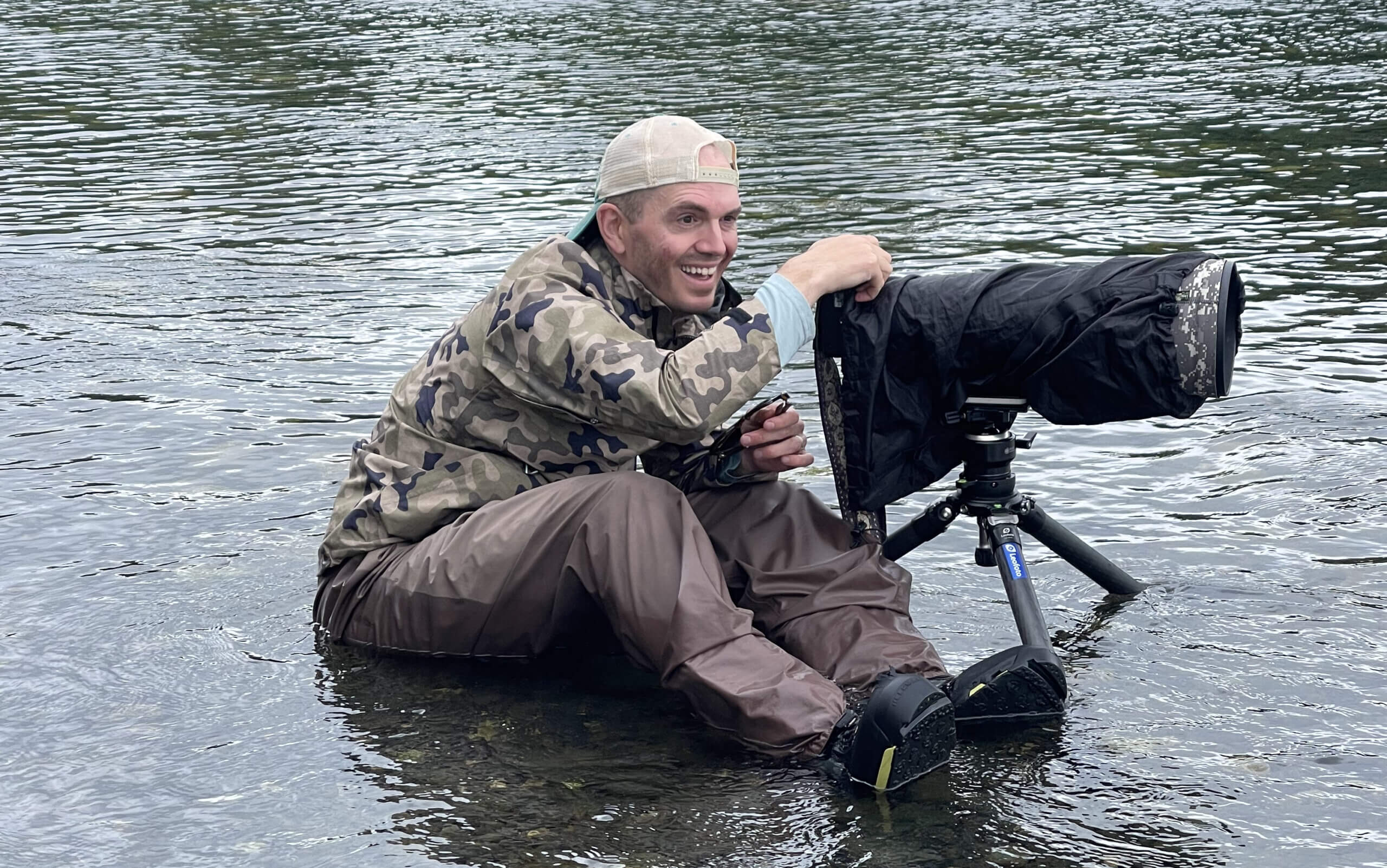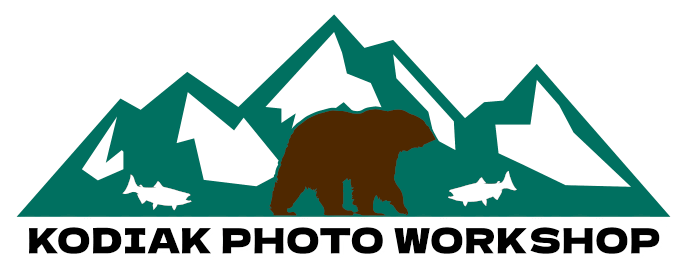Traditionally most wildlife photographers use long range telephoto prime lenses. Whether that be a 400mm or 600mm or even an 800mm.
These lenses tend to be large in length and can be heavy. These lenses most of the time work best while using a tripod or monopod rig and require to be set up on solid ground in order to stabilize such a long focal length.
With camera companies in the race to put more and more megapixels in their camera, an argument could be made that a more streamline “run and gun” lighter telephoto zoom lens might be more efficient and optically also produce amazing results. Cameras today can also capture images at higher ISO ratings, meaning they can produce cleaner results. So, the benefits of a wider aperture prime telephoto lens might not be needed.
Let’s look at pros and cons of each set up and hopefully you can decipher what might work best for you on your next upcoming wildlife adventure.

PRIME TELEPHOTO LENS
First off, let look at the benefits of the prime telephoto lens, we are talking fixed focal length.
Pros:
Sharpness:
Telephoto prime lenses are hard to beat sharpness wise. A 400mm or a 600mm lens or even 800mm lens generally are beautifully tack sharp even when shot at their wide-open apertures. Having fewer moving parts and more optical glass elements, shooting a prime telephoto lens can be far superior when it comes to your sharpness wide open of your wildlife shots.
Larger Apertures:
Having the capability to open your lens to f2.8 or f4 constant aperture is by far a superior element of a long telephoto prime lens, not only for your bokeh, but also in those low light darker outdoor conditions. Having the ability to open your lens and drop out various elements behind your subject can change the look of your image.
Cons:
Price:
We can’t forget the main issue with longer telephoto prime lens Their price tag! These lenses can cost you upward of $8,000 to $15,000 USD. Ouch !
Weight:
The added weight of these lenses can make it harder to quickly get shots that might be unfolding in front of you. The weight will make it harder to hand hold these lenses and can be tiring to carry during your day, especially if your wildlife adventure requires a lot of hiking or moving around.
Tripod or Monopod:
Using a tripod or a mono pod for longer prime telephoto lenses can be great at times because it can help to reduce camera shake. Over time it can be difficult to hand hold larger lenses as well.
The downside to using a mono pod and or a tripod is that you are really stuck to the area you set up in. It’s hard to quickly set up a tripod when hiking and it’s hard to quickly change the height of the tripod or monopod. When you are shooting wildlife generally things can happen quickly. You might want to frame your shot differently at a moment’s notice and if you find yourself fiddling with your tripod then you can’t just ask the animal to repeat its behavior over again.

RUN & GUN
So now lets take a look at the versatility of a run and get set up. Generally, a run and gun setup will consist of a telephoto zoom lens. These lenses might be anywhere from 60-600mm like the new sigma lens that just got released this past week or the classic focal length of 100-400mm.
Pros:
Light Weight:
These lenses generally tend to be lighter in weight. Anywhere between 1300 grams to 2400 grams. Having a lighter weight lens can be easier to quickly hold up, track your moving subject and change your scenes perspective. Also, if you find yourself on longer hikes, carrying these lenses can prove to be a lot easier than some of the larger prime telephoto lenses. You can generally hand hold these lenses with less fatigue throughout your day.
Variable Focal Length:
You have the option to zoom in and out to get different types of perspectives of your subject. You can frame your subjects in different ways, and it can also allow you to focus in on other elements of your scene. You can quickly track your subjects especially if they move closer or farther away.
Price:
Telephoto zoom lenses tend to be lower in cost. Sometimes used super zooms can be had less than $500 !
Cons:
Lack of Sharpness:
Sometimes telephoto zoom lenses shot wide open at their longest range might be “soft” when it comes to image quality. A problem that can be mitigated most of the time by “stopping” the lens down.
Variable Aperture:
Depending on how you set your camera up to shoot, variable aperture can either affect you or not. If you shoot manual, you will find that as you zoom your lens in and out your aperture will change depending on your focal length. This can be a frustration when trying to capture fast action and you find yourself having to change your camera settings each time you zoom in or out. If you shoot shutter speed priority or have any of your exposure settings set to auto, then you most likely won’t notice any changes and your camera will just take care of your exposure.
Smaller Apertures:
Most zoom telephoto lenses have variable apertures and only open to around f4.5 at the wide end of the zoom and f6.5 at the long end of the zoom. So, if you’re looking for those creamy bokeh backgrounds then this might not be the lens option for you.

CONCLUSION
All in all, choosing what lens will be the best for you will most likely be trip dependent. If you are headed off on a wildlife shoot and you know you will be sitting in a blind for most of your day, then using a longer focal length prime lens on a monopod or tripod might be the way to go.
But if you find yourself out in the field hiking or walking to your location, getting in and out of planes and have changing variables at a moment’s notice, then looking into the lighter weight telephoto zoom lenses might be a better fit. Cameras today with more and more megapixels allow the photographer to crop in on their image in post-production.
As cameras and lens manufactures improve their products so do software companies, thus the traditional days of needing massive telephoto lenses are becoming less and less, allowing the photographer to make different choices depending on the photo adventure.











